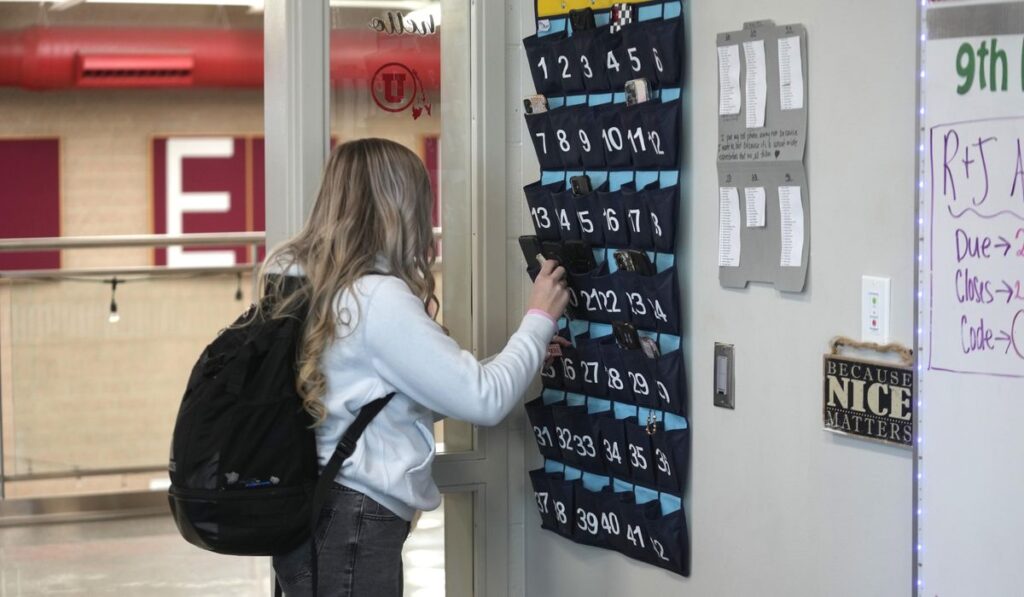Early reports from several public school districts suggest that recent bans on smartphones during the school day are already changing classroom dynamics, with teachers and administrators noticing higher student engagement and modest gains in performance after overcoming initial resistance to the policy changes.
When districts moved to restrict phone use, the immediate reaction in many classrooms was frustration and pushback from students used to constant connectivity. Teachers report that the first few weeks required patience and consistent enforcement, but that routines settled in faster than some expected. That settling has given educators space to try more active teaching strategies without phones interrupting lessons.
One of the clearest shifts is in participation. With phones out of reach, more students are raising hands, volunteering answers, and staying on task during discussions. Teachers note fewer side conversations and less time spent monitoring screens, which has freed up instructional minutes for meaningful interaction. The result is a livelier classroom where more students are participating in real time.
Performance metrics tied to attendance, homework completion, and formative assessments have shown early improvement in some districts after bans took effect. Administrators stress these are preliminary findings and that a full picture will take longer to emerge. Still, the initial trend suggests that when distractions decrease, a measurable portion of the school day becomes more productive for both teachers and students.
Implementation varied across districts, from simple “phones off and away” rules to structured storage solutions and scheduled check-in times. Schools that paired clear expectations with consistent consequences found smoother adoption and fewer loopholes. Teacher buy-in proved vital; where instructors felt supported by leadership, enforcement felt fairer and more sustainable.
Not every response was positive, and concerns persist about equity and access. Families that rely on devices for after-school communication or for students who use phones as learning tools need thoughtful exemptions. Districts experimenting with targeted exceptions, such as allowances for students with documented needs, aim to balance safety and access while keeping classrooms focused.
There are also questions about how bans interact with technology-based instruction and digital literacy goals. Some educators worry that removing phones during school hours could limit opportunities to teach responsible device use. A number of schools are addressing that by offering specific lessons on digital citizenship and by integrating supervised tech time into the school day.
Enforcement tactics ranged from teacher-managed collection boxes to locker storage systems and designated phone zones outside classrooms. Schools that made enforcement visible but unobtrusive reported fewer incidents and less conflict. Importantly, administrators emphasize that tone matters: consistent, calm application of rules avoided turning enforcement into daily friction.
Overall, the early picture is one of cautious optimism: classrooms are calmer, participation is up, and some performance indicators are improving, even as districts work through the practical and equity issues that come with changing long-standing habits. Continued data collection and open communication with families will determine whether these early benefits persist and how policies should evolve.



